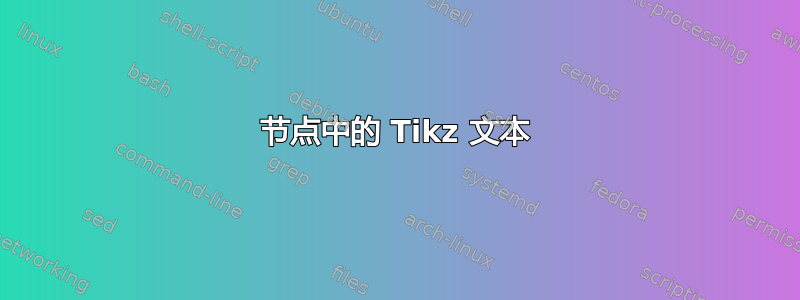
我在另一个线程中发现了以下表示神经网络的代码:
\documentclass{article}
\usepackage{tikz}
\usetikzlibrary{matrix,chains,positioning,decorations.pathreplacing,arrows}
\begin{document}
\begin{tikzpicture}[
plain/.style={
draw=none,
circle,
inner sep=2pt,
font=\Huge,
join = by -latex
},
net/.style={
matrix of nodes,
nodes={
draw,
circle,
inner sep=10pt
},
nodes in empty cells,
column sep=2cm,
row sep=-9pt
},
>=latex
]
\matrix[net] (mat)
{
|[plain]| \parbox{1.3cm}{\centering Input\\layer} & |[plain]| \parbox{1.3cm}{\centering Hidden\\layer} & |[plain]| \parbox{1.3cm}{\centering Output\\layer} \\
& |[plain]| \\
|[plain]| & \\
& |[plain]| \\
|[plain]| & |[plain]| \\
& & \\
|[plain]| & |[plain]| \\
& |[plain]| \\
|[plain]| & \\
& |[plain]| \\ };
\foreach \ai [count=\mi ]in {2,4,...,10}
\draw[<-] (mat-\ai-1) -- node[above] {Input \mi} +(-2cm,0);
\foreach \ai in {2,4,...,10}
{\foreach \aii in {3,6,9}
\draw[->] (mat-\ai-1) -- (mat-\aii-2) ;
}
\foreach \ai in {3,6,9}
\draw[->] (mat-\ai-2) -- (mat-6-3);
\draw[->] (mat-6-3) -- node[above] {Output} +(2cm,0);
\end{tikzpicture}
\end{document}
图片如下所示:
我想知道是否可以在节点本身内写入文本。例如,在节点的第一列中,我想输入 $z_{1}$、$z_{2}$ 等。
答案1
这里有一种方法:
\documentclass{article}
\usepackage{tikz}
\usetikzlibrary{matrix,chains,positioning,decorations.pathreplacing,arrows,calc}
\tikzset{
block/.style={
draw,
rectangle,
text width=3em,
text centered,
minimum height=8mm,
node distance=2.3em
},
line/.style={draw}
}
\begin{document}
\begin{tikzpicture}[
plain/.style={
draw=none,
fill=none,
},
net/.style={
matrix of nodes,
nodes={
draw,
circle,
inner sep=10pt
},
nodes in empty cells,
column sep=2cm,
row sep=-9pt
},
>=latex
]
\matrix[net] (mat)
{
|[plain]| \parbox{1cm}{\centering Input\\layer} & |[plain]| \parbox{1cm}{\centering Hidden\\layer} & |[plain]| \parbox{1cm}{\centering Output\\layer} \\
& |[plain]| \\
|[plain]| & \\
& |[plain]| \\
|[plain]| & |[plain]| \\
& & \\
|[plain]| & |[plain]| \\
& |[plain]| \\
|[plain]| & \\
& |[plain]| \\
};
\foreach \ai [count=\mi ]in {2,4,...,10}
\draw[<-] (mat-\ai-1) -- node[above] {Input \mi} +(-2cm,0) node[ xshift=2cm] {$z_\mi$};
\foreach \ai in {2,4,...,10}
{\foreach \aii in {3,6,9}
\draw[->] (mat-\ai-1) -- (mat-\aii-2);
}
\foreach \ai in {3,6,9}
\draw[->] (mat-\ai-2) -- (mat-6-3);
%\draw[->] (mat-6-3) -- node[above] {Ouput} +(2cm,0);
\path [line] node{error} -- (mat-1-1);
\draw[->] (mat-6-3) -- ++(0pt,3cm) -| node[pos=0.15,above] {Error back propagation} ( $ (mat-2-1)!0.5!(mat-2-2) $ );
\end{tikzpicture}
\end{document}
检查以下行:
\draw[<-] (mat-\ai-1) -- node[above] {Input \mi} +(-2cm,0) node[ xshift=2cm] {$z_\mi$};




